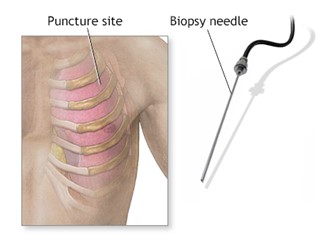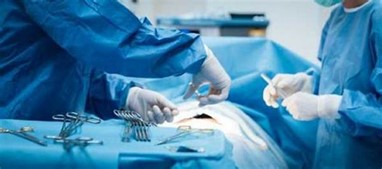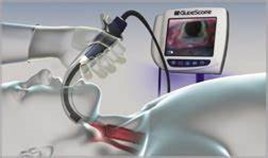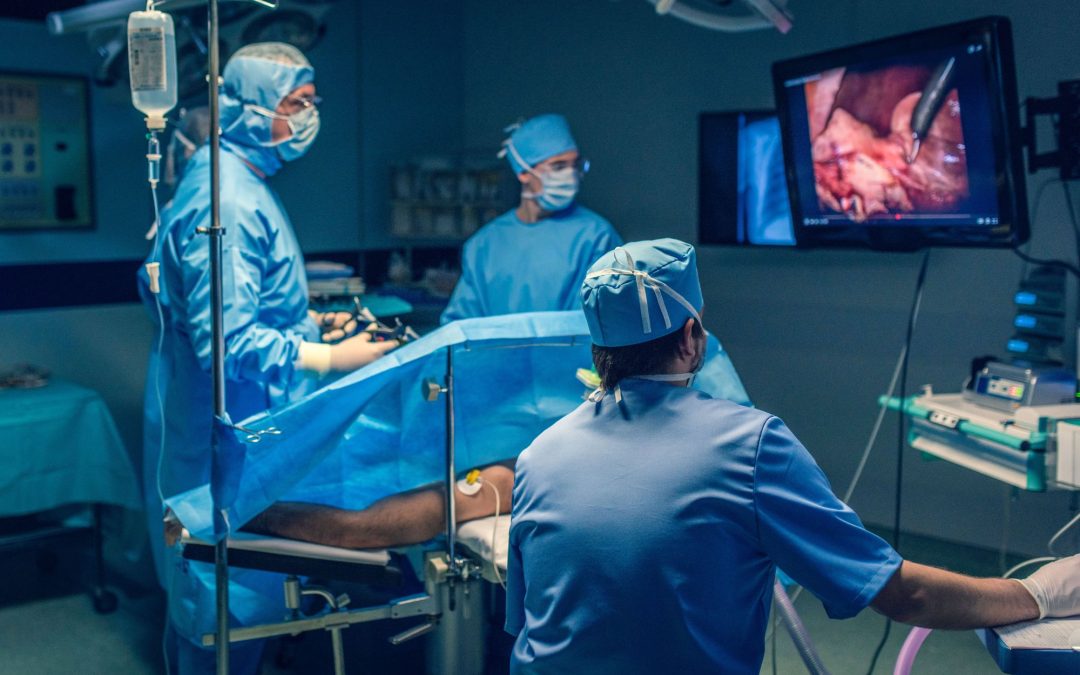The CT scanner uses x-rays and advanced computer programs to create detailed images inside your body. During the biopsy, a radiologist will use images generated by the CT scanner to accurately insert a needle into the suspicious or abnormal area, allowing a sample to be removed for testing. A pathologist will check the biopsy samples during the procedure to make sure that an adequate sample has been obtained. Prior to the biopsy, you will meet with an interventional radiologist who will explain the test and answer any questions that you may have. During the procedure you will lie on the table on your back, stomach or side, depending on the location that needs to be biopsied. CT scanning is then performed to locate the suspicious or abnormal area. The overlying skin is cleaned and a numbing medication will be used.
Types and procedure
Needle biopsy procedure
 When abnormal tissue has developed near to the chest wall, a specialist may perform a needle biopsy to collect this tissue. The doctor inserts a needle into the lung through the skin, using either an X-ray or CT image for guidance. The procedure can take up to 1 hour. An individual may need to fast for 8 hours ahead of the appointment.
When abnormal tissue has developed near to the chest wall, a specialist may perform a needle biopsy to collect this tissue. The doctor inserts a needle into the lung through the skin, using either an X-ray or CT image for guidance. The procedure can take up to 1 hour. An individual may need to fast for 8 hours ahead of the appointment.
Open biopsy
 When a surgeon removes a lump entirely, they call the procedure a lumpectomy. The doctor will request an imaging test to locate the growth or lump. They may also place a wire or needle in the area to guide the procedure. Surgeons perform this type of biopsy in an operating room. They will place the individual under general anesthesia and open the chest cavity to retrieve the tissue.
When a surgeon removes a lump entirely, they call the procedure a lumpectomy. The doctor will request an imaging test to locate the growth or lump. They may also place a wire or needle in the area to guide the procedure. Surgeons perform this type of biopsy in an operating room. They will place the individual under general anesthesia and open the chest cavity to retrieve the tissue.
Bronchoscopic biopsy
 During a bronchoscopy, a doctor inserts a thin tube containing a light and camera into the lungs through the nose or mouth. The doctor can use the findings to diagnose infections, tumors, or diseases in the lungs.
During a bronchoscopy, a doctor inserts a thin tube containing a light and camera into the lungs through the nose or mouth. The doctor can use the findings to diagnose infections, tumors, or diseases in the lungs.
Preparation
A healthcare professional can provide advice relating to the specific type of procedure someone is having.
For some types of lung biopsy procedures, an individual may need to fast beforehand. A healthcare professional will advise if this is necessary.
The doctor overseeing the lung biopsy procedure should be aware of any medications the individual may be taking. They will advise whether to continue with the medications before the procedure or not.
Recovery
The recovery time after a lung biopsy procedure will depend on a range of factors, including the type of procedure and any complications. People should rest for several days after a lung biopsy. They should also avoid physical exertion until a medical professional advises that it is safe. Recovery takes longer in people who receive thoracic surgery for an open biopsy.



